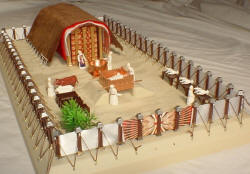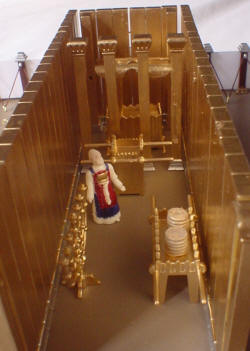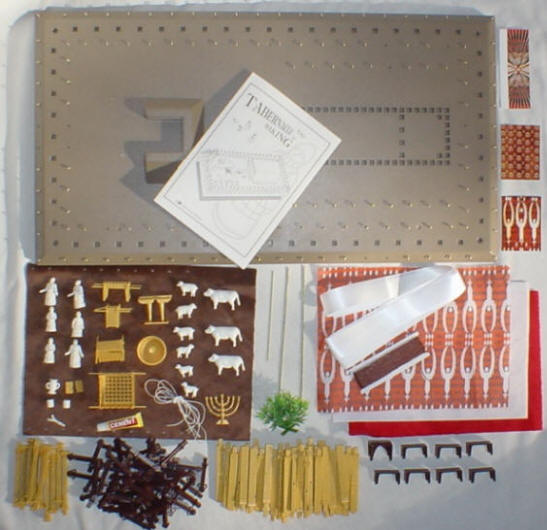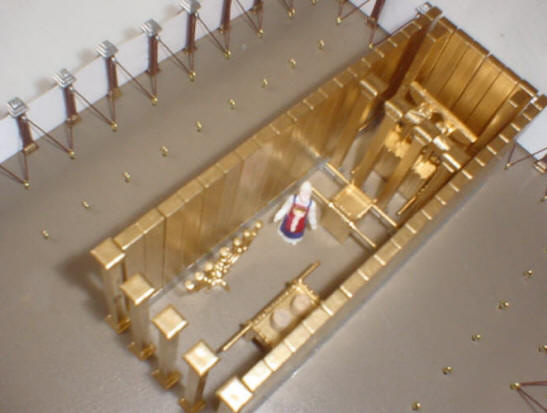Myth-80 #006
Here are two works created at about the same time and, nevertheless, fundamentally different:
1) Kuzma Petrov-Vodkin, "Bathing the Red Horse";
2) Vasily Kandinsky, "George the Victorious".
The blazing horse of Petrov-Vodkin is not only a figurative embodiment of the idea of the red banner of the barricades; the source of this image lies far in the past, it is the red banner. This association, as well as a strong pictorial association with the canonical iconography of St. George the Victorious, does not contradict the simplest everyday reading of the plot of the canvas — a rural scene, boys bathing horses. But even the generalized pictorial forms of the icon seem to Kandinsky to be excessively loaded with everyday realities — he bypasses them in his canvas, striving to break through to the core of the image of St. George as such. The smoothly curved contour of the iconography is straightened by Kandinsky into a thin beam, into a line-peak -g- however, his expressive, almost non-objective canvas, as if trumpeting a victorious impulse, still gives an idea of the color formula of the Old Russian icon.
Two more works fed by the same mythological source:
1) Kuzma Petrov-Vodkin, "Petrograd, 1919";
2) Paul Klee, "Mother and Child".
For Petrov-Vodkin's canvas, it is essential not only the pictorial rapprochement of his heroine with the image of the Madonna, but also that the madonna here is a Petrograd worker, and the eternal ideal shines through the historical realities of 1919 here. Klee also strives to embody the theme of motherhood, but to embody it through a "proto-language" that directly corresponds to the eternity of the theme itself. The interrupted contours of the mother and child are cut through on a dim color background with deep rough lines-furrows hinting at some vaguely ancient pictorial source, extremely opening the historical and temporal coordinates of the image.
1) Boris Kustodiev, "Bolshevik";
2) Oscar Kokoschka, "Veronica".
The Kustodiev giant, carrying the banner over the crowds that clog the streets of the snow-covered city, is related either to the epic hero, or Prometheus; however, it preserves the totality of external features inherent in the Russian worker, up to such a "reduced" parallel: the red canvas that covers the city, almost sweeps cozy snow rollers from roofs and cornices, picturesquely a knitted scarf with a fringe wrapped around the neck of a Bolshevik corresponds — it's a frosty day, you can catch a cold.
"One day a modest, frightened girl, the daughter of a porter, came to me to wash the windows that had not been touched by anyone for many months..." recalls Kokoshka. The girl's name was Veronica, but the "Gothic" appearance of Saint Veronica, which was born by this meeting on the canvas of the artist, did not preserve the "private" features of this modest daughter of the porter.
It is difficult to resist another example of a "pair" of works based on a similar mythological motif:
1) Franz Mark, "The Fate of animals";
2) Pablo Picasso, "Guernica".
These exciting works are similar in thematic motifs (the Apocalypse), and plot (the death of animals), and pictorial (the destruction of visible forms). But if Mark painted his canvas before the world massacre (and only in the midst of it, accidentally bumping into a postcard reproduction of his own painting, he was horrified by his foresight), then Guernica was created after the artist and the whole world learned about the death of the town, wiped off the ground by fascist aviation. Mark's universally fatalistic formula "fits" any, even natural, world cataclysm, while Picasso's features of distorted antique masks appear through the shell of the "private" extermination action of the XX century - together with the Guernica, the foundations of universal civilization themselves seem to be blown up. Find VISA casinos and experience the widespread acceptance and reliability of VISA cards at VISA Casinos . Enjoy seamless transactions and convenient banking.
|





